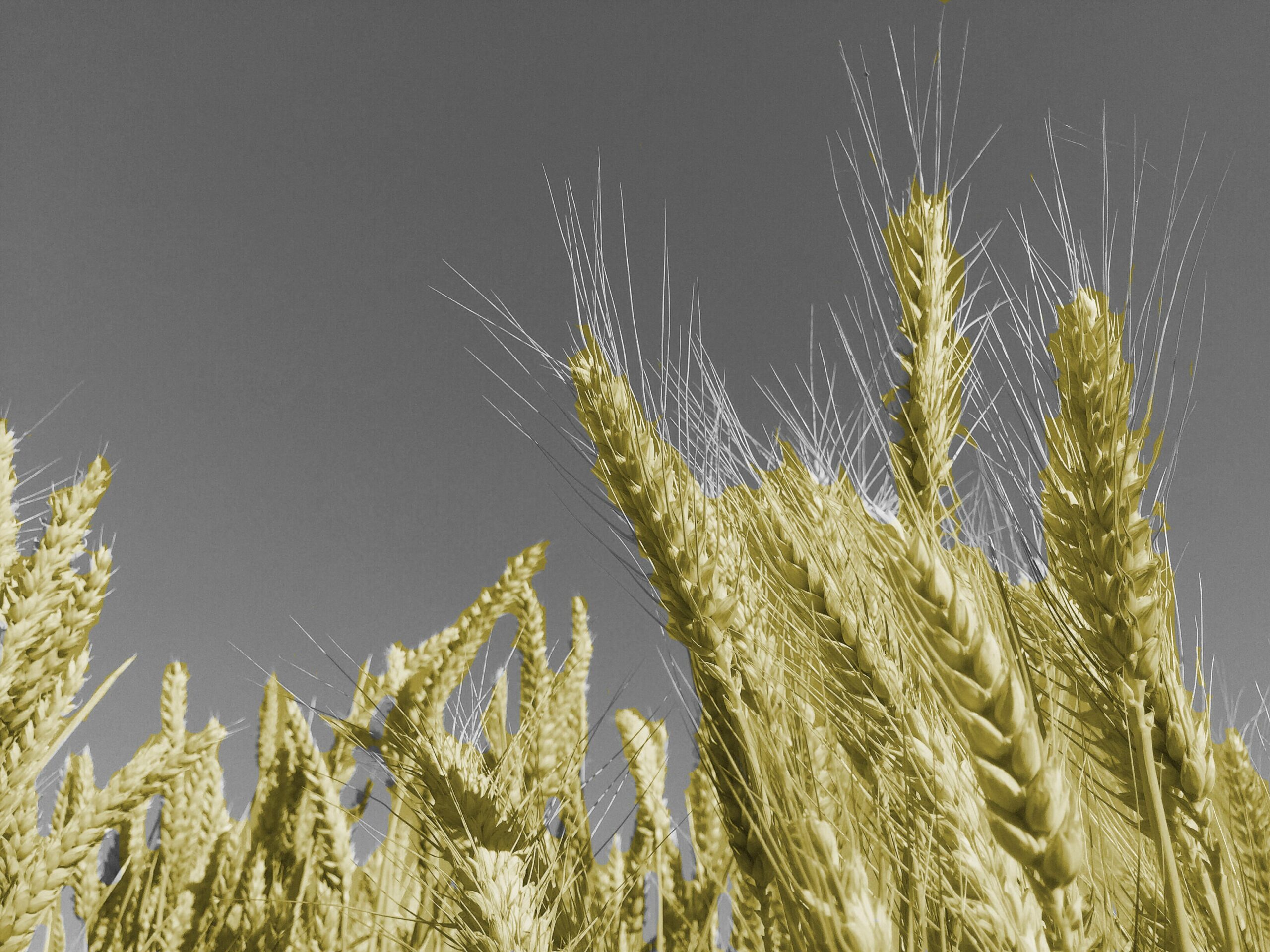In React Native apps, support for Scalable Vector Graphics (SVG) is provided by an open-source module called react-native-svg that’s maintained by the larger developer community.
Using SVG can enhance an app’s design when it comes to displaying different patterns. It can make a difference in how the look and feel of the app might appear to the end-user, as well how it is easy to edit the pattern built using SVG. SVG is mainly found on the web, and while they have similar uses to JPEG, PNG, and WebP image types, SVG is not resolution-dependent. Hence, the definition according to Wikipedia:
Continue reading How to create custom wavy headers using react-native-svg and Expo








